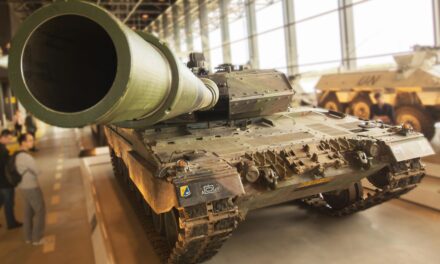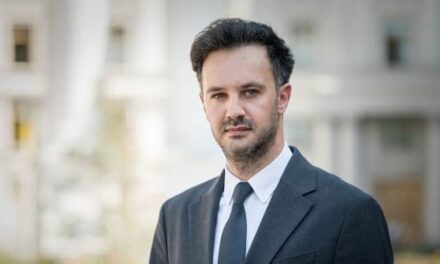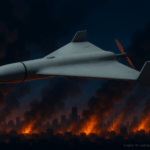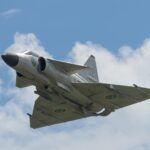On 5 June 2025 in Brussels, NATO Defence Ministers approved a new set of Alliance-wide capability targets, resetting what each of the 32 Allies must field and fund over the next two decades. Agreed through the NATO Defence Planning Process, the targets are intended to build a stronger, fairer and more lethal Alliance by translating strategic plans into concrete forces, equipment and enablers. They cover short-term objectives for the next six years and medium-term objectives out to roughly the 2040 timeframe, and they will guide national budgets, procurement choices and defence-industrial orders. nato.int+2nato.int+2Regeringskansliet
While specific national taskings remain classified, the package focuses on critical effects that Allies must be able to deliver: better air and missile defence, longer-range strike options, larger and more sustainable munitions stocks, and improved strategic lift and logistics to move and sustain forces. It also emphasizes the interoperability, command-and-control, and resilience that make multinational forces credible in high-intensity operations, including cyber and space enablers. In practice, the targets tell governments what they need to buy, build, crew and maintain—down to systems, quantities and readiness levels—so that NATO can deter and, if necessary, fight as a single force. pbs.org
The decision came just weeks before the June Summit in The Hague, where leaders subsequently endorsed a new defence-investment framework (3.5% of GDP for core military spending plus 1.5% for related security infrastructure) to resource the capability goals. Ministers underscored that the targets are about credible combat power, not just higher outlays: they align resources with war-fighting requirements and distribute the load across the Alliance so that burden-sharing is more balanced. For some Allies, meeting the new goals will mean additional personnel and training pipelines; for others, accelerated procurement and industrial expansion. For all, the message is the same: NATO’s deterrence and defence depend on fielded capabilities that are ready, survivable and interoperable. Reutersnato.int
Taken together, the agreement marks a significant tightening of NATO’s readiness and rearmament agenda after Russia’s full-scale invasion of Ukraine. It signals to industry what to produce, to treasuries what to fund, and to potential adversaries what the Alliance intends to bring to the fight.












